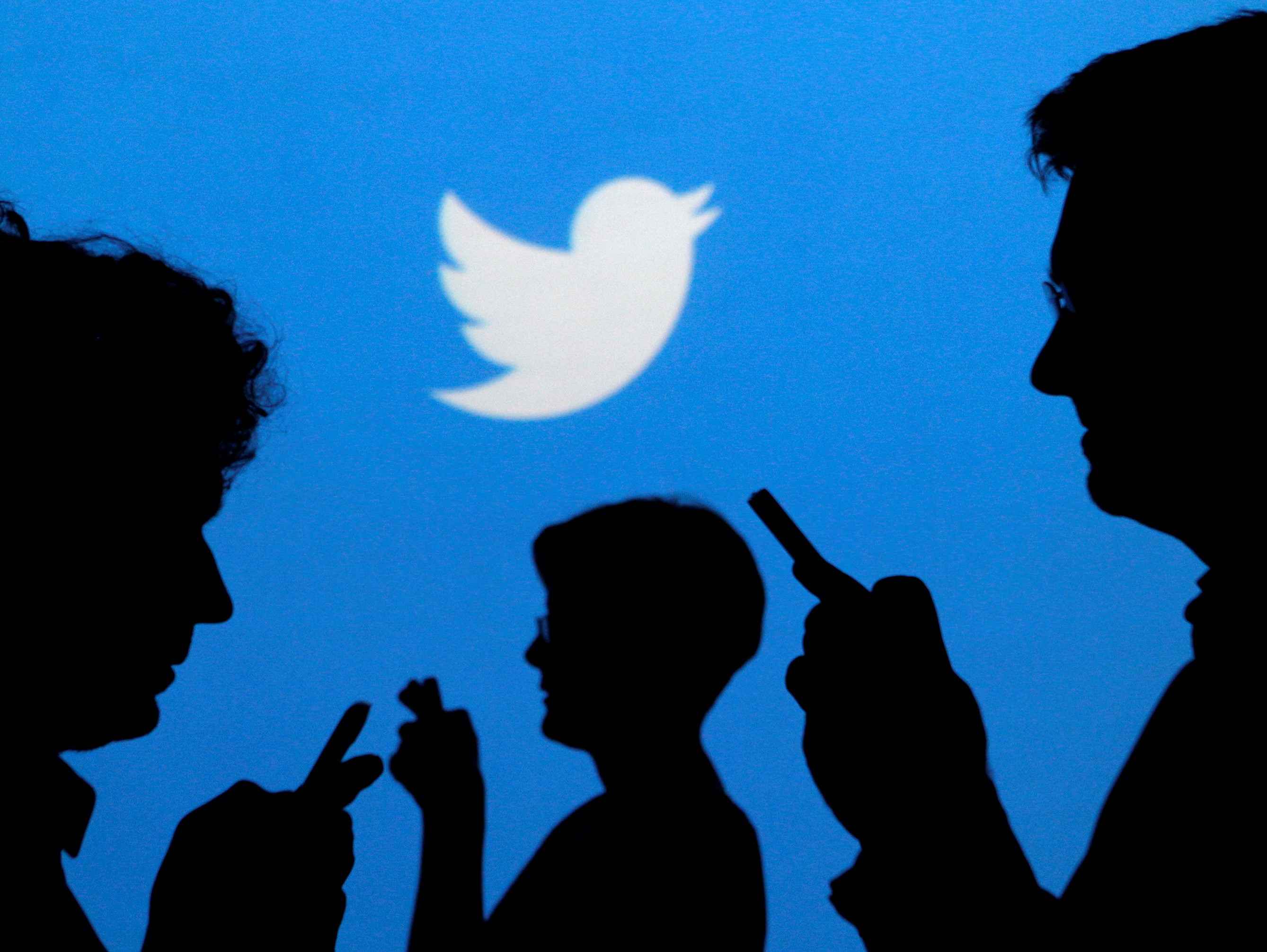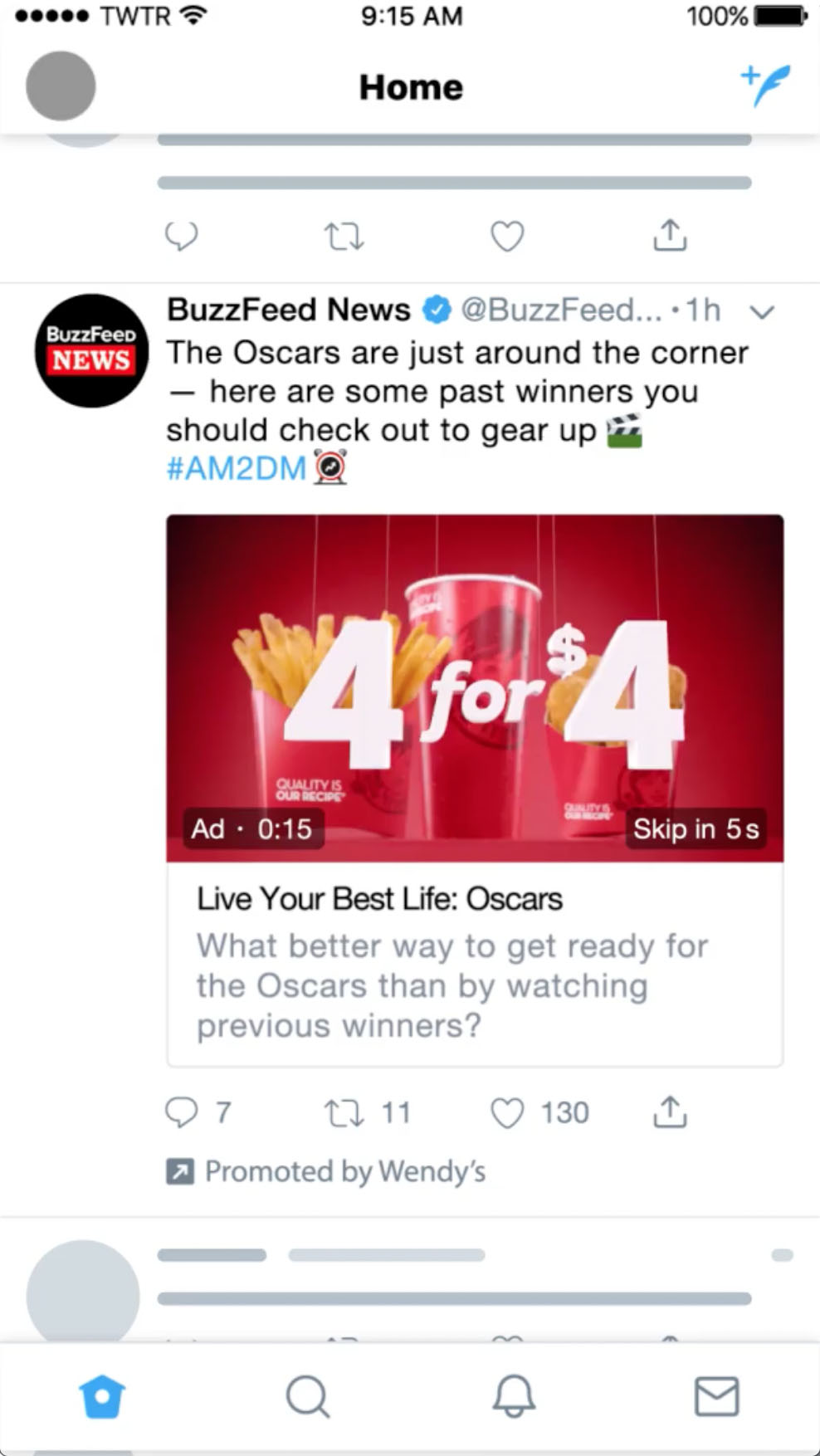
“For every other platform, journalism is dispensable. If journalism were to disappear tomorrow their business would carry on much as before.
“Twitter is the only large platform whose success is deeply intertwined with a sustainable journalism ecosystem.”
So said ad-blocking subscription service Scroll when earlier this month it announced to users that it had been acquired by Twitter.
The social media site is already a favourite of many journalists across the world, who use it to both gather and share news.
Now, using the acquisitions of Scroll and newsletter platform Revue – as well as several new features that will help users make money – Twitter wants to endear itself to the industry even further.
Here, in the latest edition of Press Gazette’s Platform Profile series, we take a closer look at Twitter – in its current form and with a view to its future plans – and examine the pros and cons of the website for publishers.
We speak to the company about the new features it has planned, and find out how it works with journalists and media companies currently.
We also speak to journalism industry sources about what the platform does well, and what it could do to improve its offering to publishers.
Press Gazette’s previous Platform Profiles include Clubhouse, Scroll, Acast, TikTok, Facebook News and Apple News+.
How Twitter works with publishers and journalists
To better understand how Twitter works with publishers behind the scenes, Press Gazette spoke to Jo Kelly – director of news and sport partnerships for the EMEA region – and James Glynn, the firm’s global news lead.
“My team specifically works very closely with publishers and journalists to support their specific needs,” explains Kelly, a former Mirror journalist. “We very much listen to… what are their aims? What are their goals? And then we [shape] partnerships with that in mind.”
Kelly’s team offers training to publishers, which can include tips on “product adoption because they want to do innovative things”. They also advise newsgroups on how they can use Twitter to make money.
Twitter Amplify
One route to monetisation for publishers is Twitter Amplify, which pairs advertisers with professional video content.

Pictured is an example of a Buzzfeed tweet that is sponsored by Wendy’s through Twitter Amplify
Publishers can make money through Amplify either using its “pre-roll” programme or through “sponsorships”, which allow them to work “one-to-one” with advertisers.
Publishers can sign up to be Amplify partners only if they meet “brand safety standards” and have not “engaged in any activities that illegitimately inflate account followers or performance metrics”.
Twitter lists hundreds of participating publishers in both the US and UK. Publishers also come from Canada, Qatar, Japan, India, France, Spain and several other countries.
Amplify brands include Bloomberg, Buzzfeed, Grazia, Sky, ITV and Eurosport. Marketers can choose to exclude certain publishers from their ad campaigns.
Kelly says that Amplify partners can prearrange ad campaigns around events. For example, Twitter could help facilitate a deal in which an advertiser would sponsor a publisher’s video coverage of an event like Davos or Pride.
More details on Twitter Amplify can be found here and in Twitter’s Media Studio.
Bespoke deals
Twitter has also in the past made bespoke arrangements with large publishers. For example, in July 2019 the Wall Street Journal announced a deal (financial terms undisclosed) with the platform to launch WSJ What’s Now.
Under this arrangement, the Journal creates informative news videos specifically for its Twitter audience (e.g. below).
Because marijuana sales are still illegal at the federal level in the U.S., many banks won’t work with cannabis companies. New legislation may change that. #WSJWhatsNow pic.twitter.com/l0NahQoE1B
— The Wall Street Journal (@WSJ) May 18, 2021
This tie-up came after Bloomberg in 2017 launched a mini news service – originally called TicToc, since renamed QuickTake – exclusively on Twitter. It has since expanded beyond the social media site.
Twitter tips for publishers
James Glynn, Twitter’s global news lead, is part of the team that curates the social media site. Part of his role includes promoting news and other content through the ‘Explore’ and ‘What’s Happening’ features.
As such, Glynn – a former BBC World Service journalist – says that he does not work with specific publishing “partners”. Instead, accounts that benefit from tweet promotion are “ever-evolving”.
Twitter has several guides for journalists and social media workers on its website. These include ‘How to cover breaking news on Twitter’ – tips include using Tweetdeck, threads, polls and visualisations – and ‘How newsrooms are using Twitter Conversation Settings’.
What’s next?
This year, Twitter is planning several new features that will change the make-up of its website.
Its plans – many of which were laid out to investors and analysts in February – are primarily designed to benefit Twitter itself (which wants to increase annual revenues from $3.7bn last year to $7.5bn in 2023). But many of the changes will significantly increase monetisation options for journalists and publishers.
The new features include:
Twitter Blue…
Twitter executives first revealed in February that the company is considering launching an option for accounts to sell subscriptions, called Super Follows.
Earlier this week Jane Manchun Wong, a technology blogger and app researcher, revealed that – according to documents she had seen – the feature is to be called “Twitter Blue“ and will initially cost $2.99 a month.
Wong also revealed that Twitter – which has not confirmed the disclosures – is considering introducing features to allow users to undo and bookmark tweets.
Twitter is calling their upcoming Subscription Service “Twitter Blue”, priced at $2.99/month for now, including paid features like:
Undo Tweets: https://t.co/CrqnzIPcOH
Collections: https://t.co/qfFfAXHp1o pic.twitter.com/yyMStpCkpr
— Jane Manchun Wong (@wongmjane) May 15, 2021
Scroll…
Earlier this month, Twitter announced the acquisition of Scroll, an ad-blocking subscription service that already works with publishers including Insider and Buzzfeed.
The social media giant plans to use Scroll to enhance its subscription offering while continuing to offer the service to publishing partners.
(Read our Platform Profile on Scroll here.)
Revue…
Twitter bought Revue – a newsletter platform that rivals Substack – in January.
It did so with a promise that Revue would help make Twitter a “better home for writers”, who can use it to publish free and paid-for newsletters.
(Read our Platform Profile on Substack here.)
Tip Jar…
In line with its subscriptions vision, Twitter this month started experimenting with a new Tip Jar feature. It allows users to wire money to their favourite accounts.
Spaces…
Twitter last year launched Spaces, a tool that rivals Clubhouse by allowing users to host audio conversations.
Spaces is in the process of being rolled out, and Twitter announced earlier this month that users with 600 followers or more will be able to host a Space.
(Read our Platform Profile on Clubhouse here.)
More blue ticks…
To journalists and publishers, Twitter’s blue ticks – which indicate a verified account – can be important for establishing trust and reliability.
Applications for verification have been closed for a while now. But Twitter plans to reopen its account verification programme this year.
‘Tier two?’ What publishers think of Twitter
Twitter is important to all publishers – that’s why all major news companies have a presence on the platform.
But how important is it? How does it measure up alongside its Silicon Valley peers?
“It’s a tier two platform for us,” says a senior source at one major US news publisher. Twitter, they added, is good for driving website traffic. But the platform is currently limited when it comes to direct monetisation options.
Google and Facebook, as well as driving large amounts of website traffic themselves, can offer large publishers millions of dollars per year through Facebook News and Google News Showcase. Apple, which pays publishers through Apple News/ Apple News+, also makes “tier one”.
Sources in a large US metropolitan daily newsroom shared this sentiment, while noting that Twitter is a useful tool for attracting traffic, newsgathering and interacting with readers.
For them, Facebook trumps Twitter for several reasons.
Firstly, they are a paid-up member of Facebook News and have no such deal with Twitter. Second, Facebook is a source of greater traffic and reader interaction. And thirdly, this publisher has a “designated contact” at Facebook. The sources said they would not know who to contact at Twitter to ask questions or to raise issues relating to the platform.
While Twitter is generally thought of as a useful tool for journalists, news leaders across the world have expressed concerns about the platform.
Last July, a BBC director suggested that some of his organisation’s journalists are addicted to Twitter.
The platform is well known as a hotbed for trolls, many of whom target journalists and newsgroups.
Last June, Will Lewis and Lionel Barber – former bosses of the Wall Street Journal and the Financial Times respectively – bemoaned their journalists’ “unbecoming” use of Twitter to share opinions and break exclusive stories on the platform rather than on their own websites.
Lastly, some publishers will have been concerned by the precedent Twitter set when it chose to freeze the New York Post’s accounts last autumn. The freeze, later reversed, was imposed in reaction to a controversial story about Joe Biden’s son, Hunter.
The verdict
Gripes aside, Twitter is a must-be-on-platform for all publishers – both as a source of news and a vehicle for sharing content.
However, as the publishing industry sources above note, Twitter is of “tier two” importance to many large newsgroups that can make more money from Facebook and other tech giants.
Twitter has big plans, though. If it can make itself a more lucrative platform for news businesses – while retaining and growing its audience – it has a good chance of moving into tier one.
Picture: Reuters/Kacper Pempel/Illustration/File Photo
Email pged@pressgazette.co.uk to point out mistakes, provide story tips or send in a letter for publication on our "Letters Page" blog
